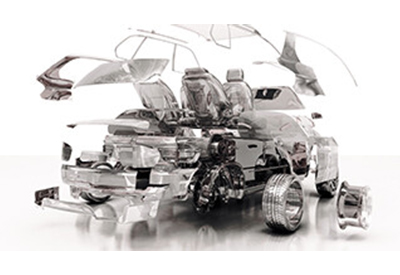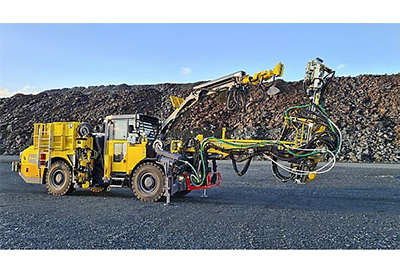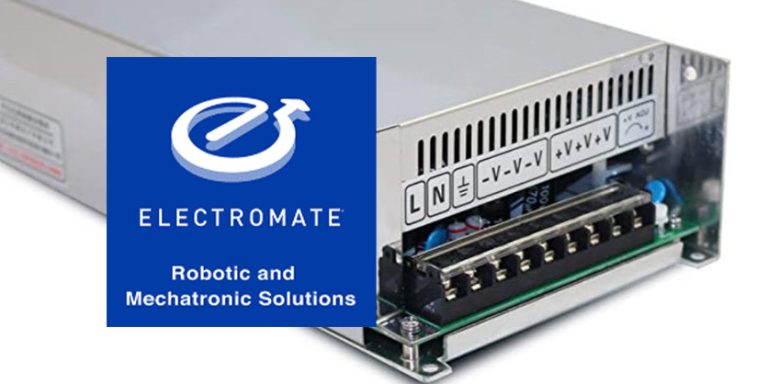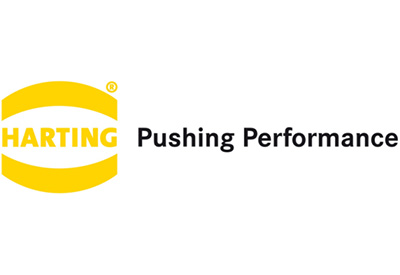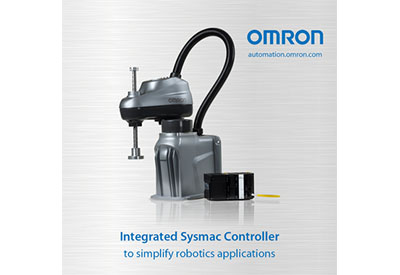Leverage Your Data and Organize It in Dashboards

April 18, 2019
By: Rob Prashad, Rockwell Automation
A couple of years ago was the year of aligning data and analytics with the larger business strategy, according to Gartner. It’s still early into 2019, and the amount of data is continuing to grow without any signs of slowing. So how is that alignment coming along?
A digital-first strategy has received fresh life thanks to offerings that can enhance connectivity to every source of information while normalizing all that data for use anywhere. Numerous applications are now more readily available, thanks to connectivity and normalization, and one I’ve been working on recently has gained a lot of interest from users across organizations: the plant overview dashboard.
Dashboards are the user-friendly displays we use to present data and analytics in useful ways, depending on what information matters most. We’re starting to rely more on them because they help us better understand what’s coming out of our machines, lines and facilities.
So, what’s interesting about the plant overview dashboard?
Make Insights Meaningful
The plant overview dashboard provides a valuable opportunity to industrial producers because it displays a general set of information that a specific persona will find significant.
A manager, for instance, would benefit from knowing the number of shipped products, equipment performance, energy consumption and other indicators like target production performance.
The image to the left demonstrates all the information that’s available in our Mighty Q demo.
As you can see, overview dashboards collect plant information and organize it into simple graphs, so you can quickly capture and comprehend insights.
A brief look at the lower right graph reveals the Chicago plant has the lowest daily energy consumption among the three plants. Using this information, the plant manager can request users to search for the cause of energy consumption and identify what and how the other plants are doing better.
What Are Your Expectations?
What are the real benefits gained with an overview dashboard? Setting and meeting goals is important for every organization, but that requires knowing what to expect. By having information within reach, users can simplify the process of establishing benchmarks, using their insight into operations as context to help determine what equipment and production levels are expected.
Once those benchmarks are set, thanks to historical data, it becomes possible to identify problems and discrepancies within your facilities. In the event of an issue, such as a decrease in overall equipment effectiveness (OEE), an enterprise user can dig into what’s impacting OEE. Having an idea of what’s causing the change helps give direction to those on the plant floor and resolve issues before they negatively impact production.
Dashboard overviews are especially useful if you have multiple plants because they can provide a collective view into performance, regardless of geographic location. Meaning, the data is represented in a way that allows you to compare plants and keep track of their operations and productivity in real-time.
For example, in the dashboard to the left, three different plants (Chicago, Brussels and Singapore) are producing Mighty Q cookies. You see performance metrics such as OEE and yield across all three plants. Currently, the Singapore plant is outperforming the other two Mighty Q locations.
This information is crucial because it can prompt the question: why is Chicago’s yield low? Or: what is Singapore doing that could be replicated at Chicago and Brussels? Other questions may involve daily goals and energy consumption.
As mentioned above, users aren’t restricted to the plant overview level. From that one screen they can go deeper, exploring information related to what’s happening at each plant or which line is causing output to decline.
A maintenance technician, for instance, could start with the overview dashboard before checking performance analytics to identify which specific oven is malfunctioning. With this information, you can pinpoint exactly where optimizations and improvements should be made.
More Than Mighty Q’s
Dashboards are beneficial across industries. While the previous example is related to food and beverage, dashboard overviews are also helpful in oil and gas, mining and more. They’re also valuable to many roles across an industry. So, whether you’re a plant manager, upper management or even HR, there is a dashboard for you.
Similar to overview dashboards, it’s also possible to create plant safety dashboards. Safety dashboards report daily safety events, non-compliant safety devices and notify users when safety devices are nearing end of life. Next month, Jeff Schmelebeck will tell you more about safety dashboards.
And finally, plant overview dashboards like this one are possible because of the FactoryTalk InnovationSuite, powered by PTC. This technology extracts information from the model and presents it in mashups using ThingWorx. If you have questions or thoughts, please reach out, I’d love to discuss.

